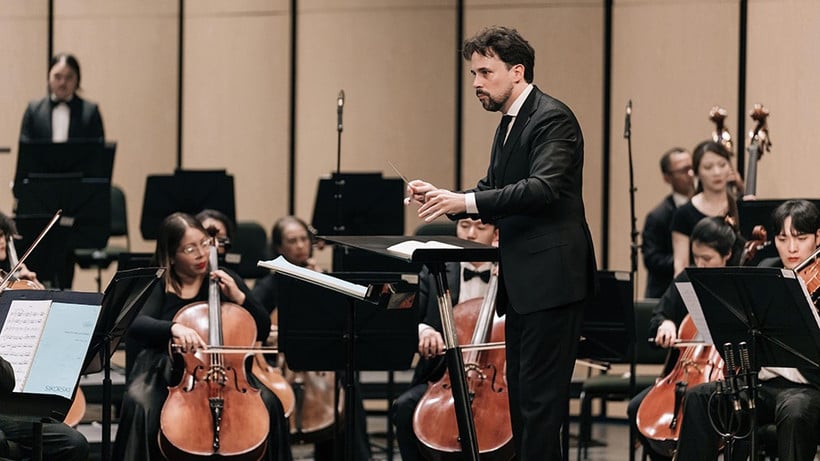
Even the most imaginative person would not have thought that the harp could display its graceful beauty in the center of the stage, as a solo instrument. Xavier De Maistre is one of the few names who has achieved this miracle and made the Hoan Kiem Theater explode, in the performance with the Sun Symphony Orchestra called The Legend of the Harp.
The man who changed the way the world enjoys the harp
Born in 1973 in Toulon (France), Xavier did not receive support from his family when pursuing his passion for the harp, because it was not “a real profession”. Only thanks to his mother who wanted her son to have a balanced education , the boy was able to get acquainted with the instrument at the age of 9, was fortunate to become a student of many famous names such as Vassilia Briano, Catherine Michel, Jacqueline Borot and excellently won his first international award at the age of 16.
However, in order to follow his parents' wishes for a real career, Xavier still had to study political science and economics, only to receive advice from his teachers "don't waste time, focus on your favorite instrument". It was not until he was continuously honored in international music awards in Cardiff, Munich, Vienna and Jerusalem... and won the position of principal harpist at the Bayerischer Rundfunk Symphony Orchestra that the young man was able to completely convince his family.
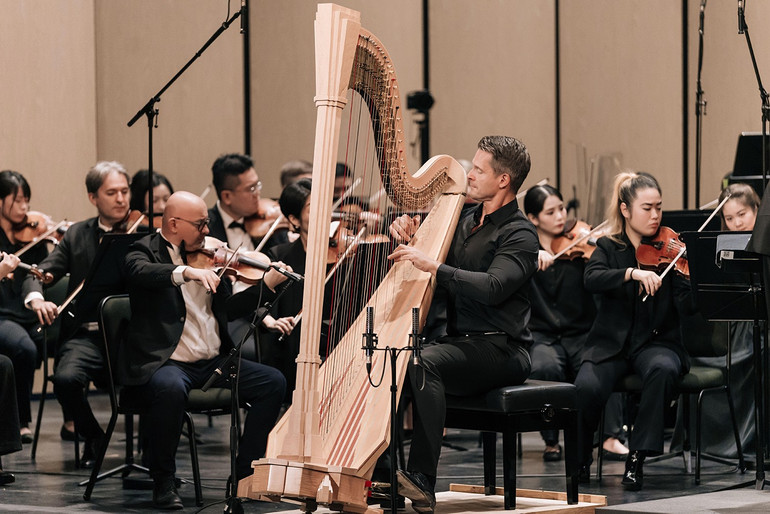
Playing a harp with 47 strings and 7 pedals is certainly not easy. “A good memory, finesse and a keen sense of rhythm are essential. Playing the harp entirely by memory is a great artistic challenge, so I consider it a highly intellectual instrument,” the harp legend once shared.
Formerly the principal harpist of the world’s most prestigious Vienna Philharmonic Orchestra, where every solo was a rigorous challenge, Xavier de Maistre has built an international career by impressing the most experienced musicians. Xavier de Maistre doesn’t just perform, he talks to, challenges and guides the harp, making audiences rethink everything they thought they knew about this complex instrument with its strings and pedals.
Bravely choosing to become a solo artist, performing at famous theaters such as Carnegie Hall (New York), Musikverein (Vienna), Concertgebouw (Amsterdam), Sydney Opera House (Sydney), he was ranked by music critics from Gramophone, Le Figaro to BBC Music Magazine as one of the very few "artists who changed the way the world enjoys the harp".
Xavier de Maistre was once called a virtuoso musician, “capable of realizing a very diverse range of expressiveness”. But when he conceived the idea of a solo performance, he faced a great challenge, as there were few works written specifically for this instrument. Believing that the harp could become popular but very difficult to convince the general public that it was a serious solo instrument, he had to explore many ways, from commissioning new works to creating transcriptions from the vast repertoire of human instrumental music. “As a harpist, we do not have 23 Mozart concertos to perform like a pianist. So I always have to innovate myself, always have creative ideas”.
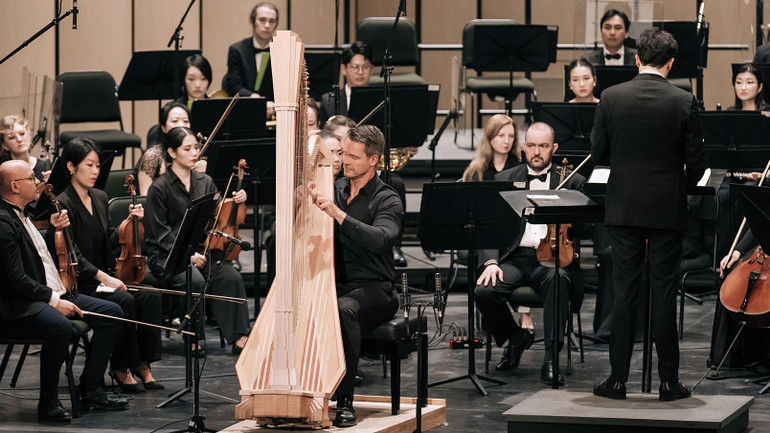
Xavier initially transcribed works by Debussy, Mozart and Haydn, but he was very particular about this. “Sixty percent of the piano repertoire can be played on the harp, but not all of it is good. So many times I started a project, realized after a few months it was not right and had to stop, with great regret.”
Xavier relished the role of pioneer, fascinated with creating unprecedented works and opening unfamiliar doors for other artists. After establishing himself as a soloist, he began to commission modern composers, as a responsibility he felt he had to shoulder.
Sublimate with the sound of the harp
Therefore, it is no surprise that the Legend of the Harp was so warmly received by music lovers in the capital. The audience filled the 900-seat auditorium, not a single seat was left empty. The audience anxiously awaited the appearance of the talented artist. And he brought sublime emotions, with the Concerto for Harp in E-flat Major by Reinhold Glière - a rare work of the 20th century that truly exploited the full sound potential of the harp.
Somewhere the harp is still stereotyped as a gentle, ethereal instrument that only appears sparklingly in the background of dreamy or romantic movie scenes. But with this concert, that stereotype has been convincingly erased. The Concerto is an affirmation that the harp is not just an ornament of the orchestra but can confidently become the main character. Written in 1938 with the collaboration of Russian harpist Ksenia Erdely, the elegant but not weak work, combining lyrical melodies with moments requiring real technique on an instrument that is famously difficult to tame, has left a beautiful impression on the listener.
The first movement of Glière’s Concerto opens with a magnificent romantic style and an open theme, with long, soft but no less profound musical phrases of the harp. The second movement is like a Russian lullaby, floating on the harmonic circles of the orchestra. But everything really explodes in the final movement with a lively dance, tinged with folk sounds, mischievous rhythms and sparkling with brilliant colors. The three movements are three scenes: solemn, spacious, lyrical, then an explosion of performance techniques in the final movement. For Xavier de Maistre, this is not just a technical display, but a delicate dialogue between the harp and the orchestra – where each sound is both clear, lively and warm, as beautiful as a lyrical poem.
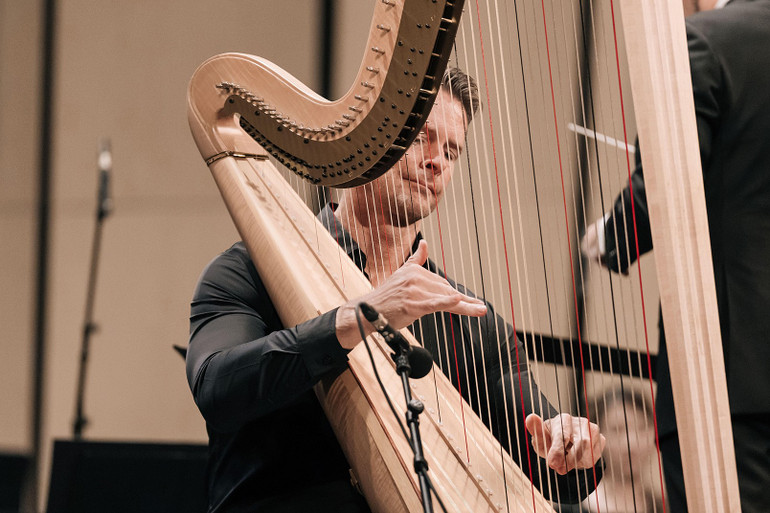
It is not difficult to understand why this is one of the few harp concertos in the standard repertoire. It celebrates the soloist, captivates the audience, and treats the orchestra as an equal partner in the story. Under Xavier de Maistre’s fingers, the harp, which has long been associated with mythical imagery, becomes something very real, very human, and very alive – like the man himself.
And works with strong Slavic imprint
In addition to the highly anticipated performance by the special guest, conductor Olivier Ochanine and the talented musicians of the Sun Symphony Orchestra also presented music lovers with two works by two Eastern European composers.
From the misty opening verse to the rousing finale of Galánta Dances (composed by Zoltán Kodály in 1933), the work is filled with ancient, graceful colours and the unmistakable imprint of Hungary - a place that left a deep impression on his mind with the Gypsy musicians playing in taverns and squares.
In Galánta Dances , Kodály weaves folklore into a dazzling tapestry. The piece begins leisurely, with a solo clarinet that emerges spontaneously from the silence, then gives way to a series of increasingly passionate and joyful dances. The rhythms kick, glide, and spring like those of experienced dancers, sometimes playful, sometimes explosive, are incredibly exciting.
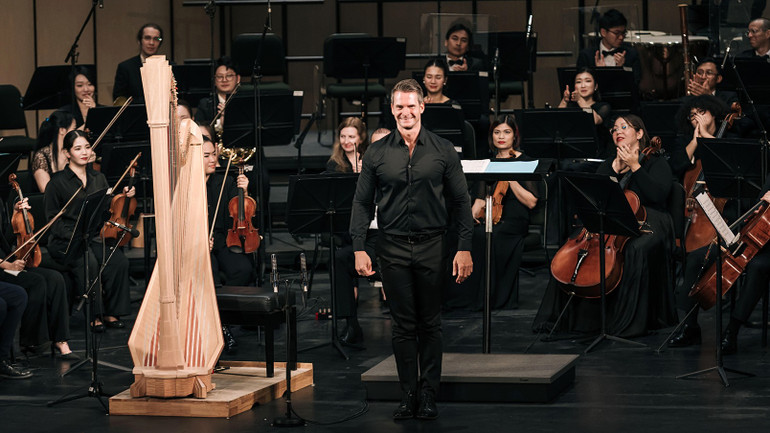
If the Galánta Dances are a passionate musical toast, then Antonín Dvořák’s profound Symphony No. 7 in D minor, Op. 70, B141 is a work of faith, reflection, and immense emotion. A work that is not only entertaining, but also touching. Composed in 1885 for the London Philharmonic Society, it is considered Dvořák’s masterpiece. Dark, solemn, and thoughtful, it is a portrait of a composer confronting loss, searching for identity, and relying on the power of music to overcome it all.
The first movement does not open leisurely but explodes, heavy with inner conflict. The theme and musical form combine and develop with strict logic but contain emotional weight. The second movement has a comforting breath – like a prayer, or a folk song echoing from the other side of the hill, gentle but not sentimental even though this is the calm in the storm. The following Scherzo reminds us that even in hardship, the human soul can still be joyfully in harmony with the characteristic Czech rhythm, strong, irregular and very bustling. The music of the final movement gathers strength, reaching out towards something greater than itself, closing not with the glory of victory but with the affirmation of oneself after many challenges.
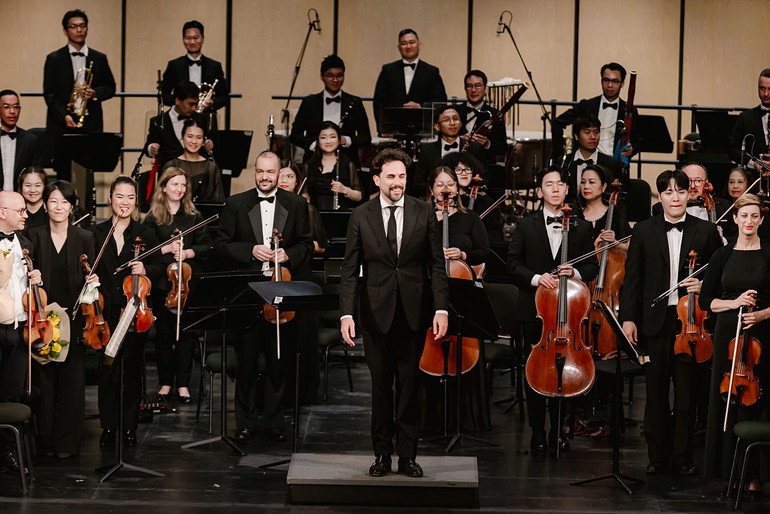
With a structure of three works that range from colorful excitement to delicate lyricism to proud explosions, The Harp Legend: Xavier de Maistre with the SSO is an opportunity for the audience to witness how a virtuoso turns the orchestra’s seemingly “silent” instrument into a brilliant centerpiece. And along with it is a musical journey from Hungary, through Russia to the Czech Republic – where each land will leave a deep mark on the listener’s mind.
Source: https://nhandan.vn/loi-thi-tham-cua-chiec-hac-cam-post902093.html





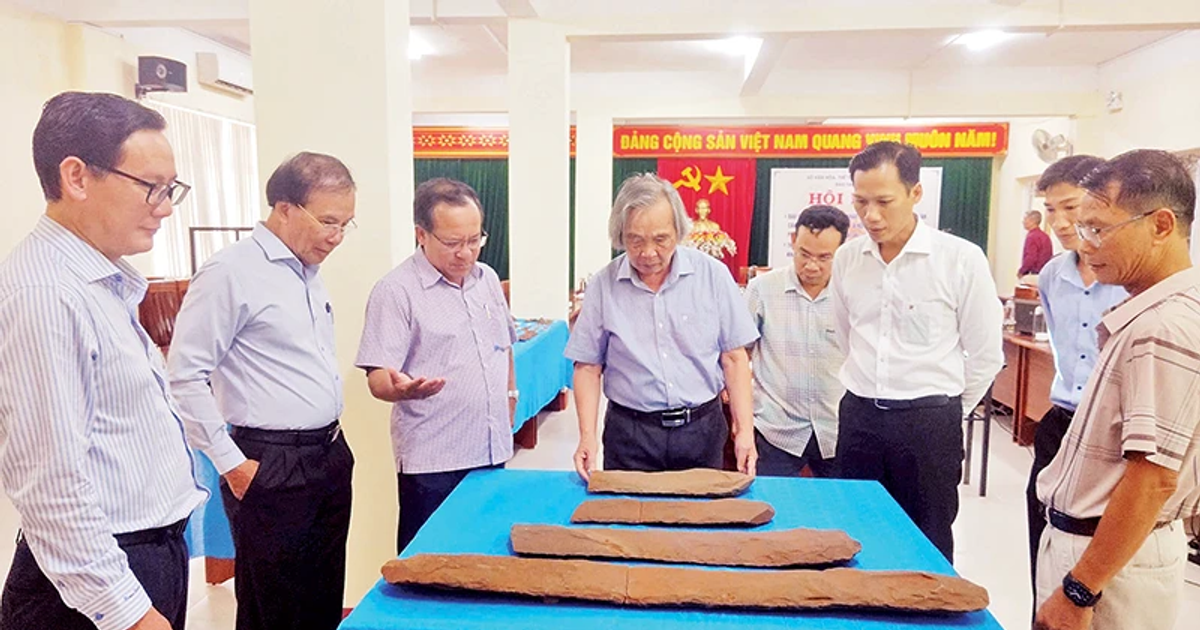



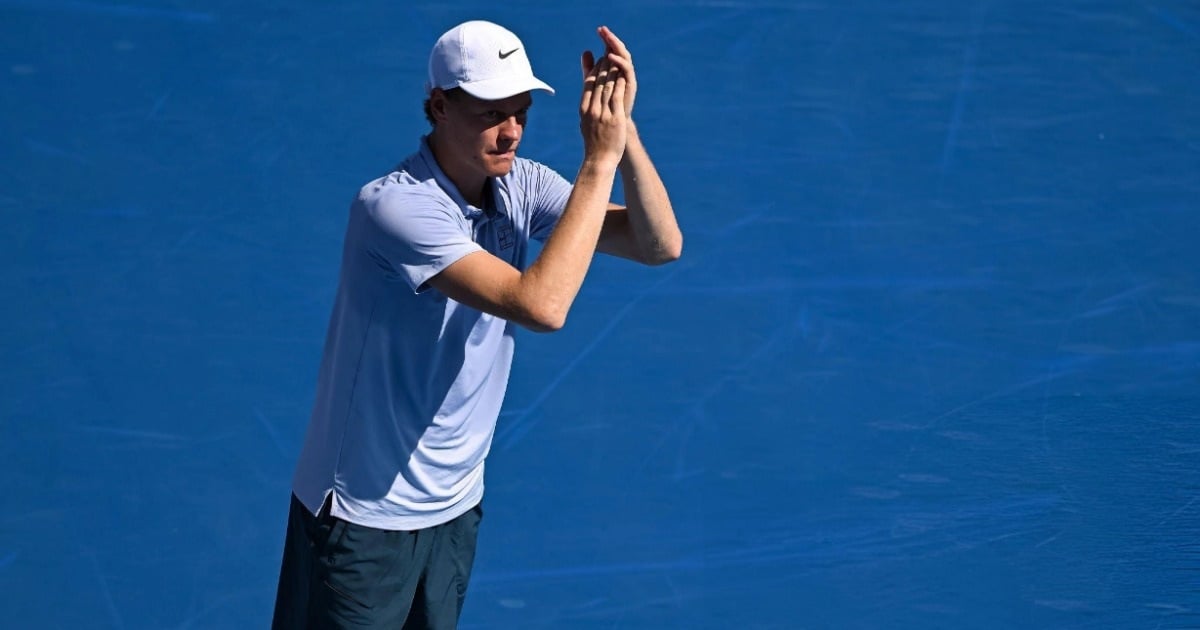
















![[Photo] An Phu intersection project connecting Ho Chi Minh City-Long Thanh-Dau Giay expressway behind schedule](https://vstatic.vietnam.vn/vietnam/resource/IMAGE/2025/8/21/1ad80e9dd8944150bb72e6c49ecc7e08)





































![[Photo] Politburo works with the Standing Committee of Hanoi Party Committee and Ho Chi Minh City Party Committee](https://vstatic.vietnam.vn/vietnam/resource/IMAGE/2025/8/21/4f3460337a6045e7847d50d38704355d)































Comment (0)